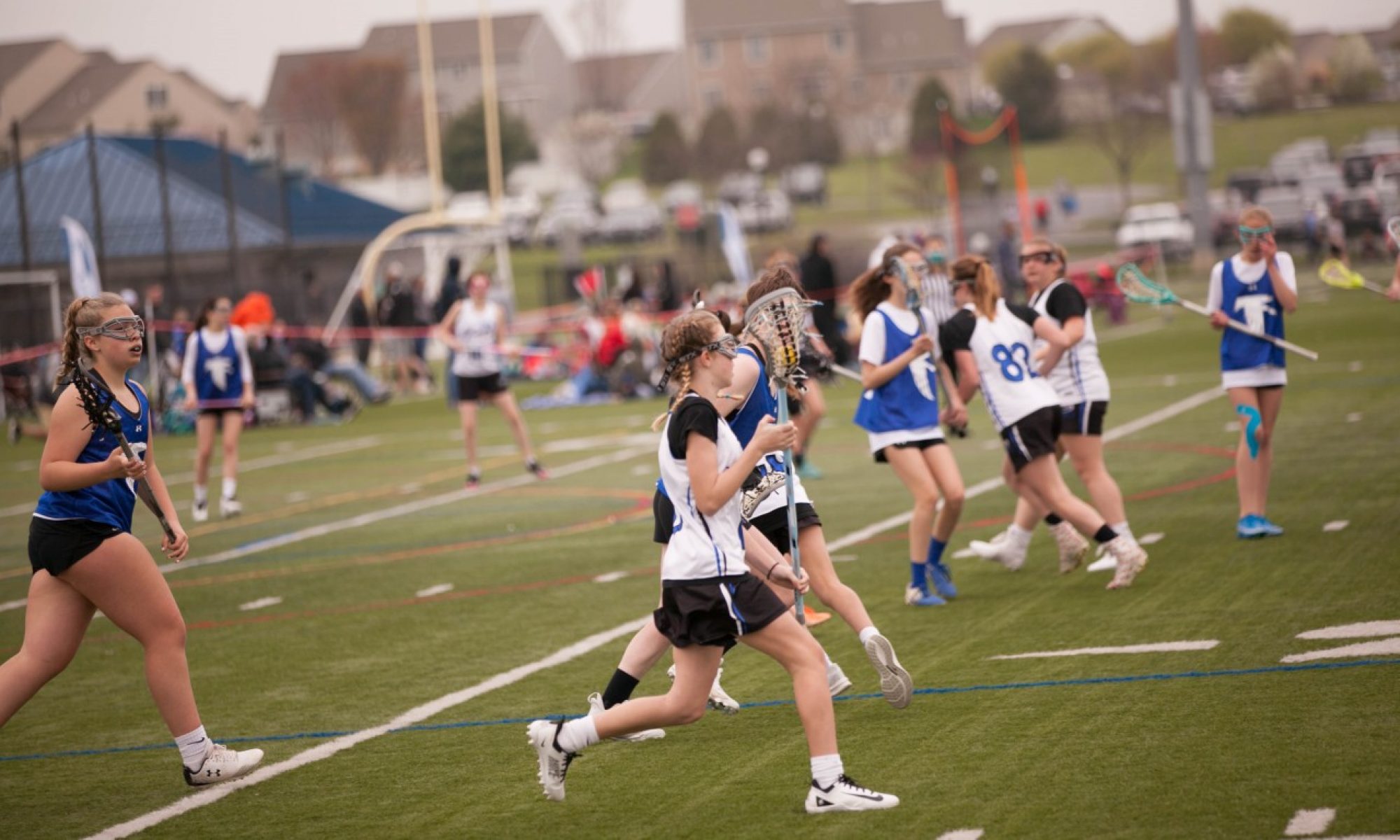- What do I need to know about playing lacrosse for Cocalico?
- Girls Lacrosse Overview from USA Lacrosse
- Rules of the Game
- Youth Lacrosse Info from USA Lacrosse
- Within our club we follow USA Lacrosse’s Athlete Development model
Local Club Teams
As the girls skills advance and they want to play lacrosse year round there are opportunities with local lacrosse clubs. They would still play with our club in the Spring, but these programs offer Summer and Fall opportunities.

